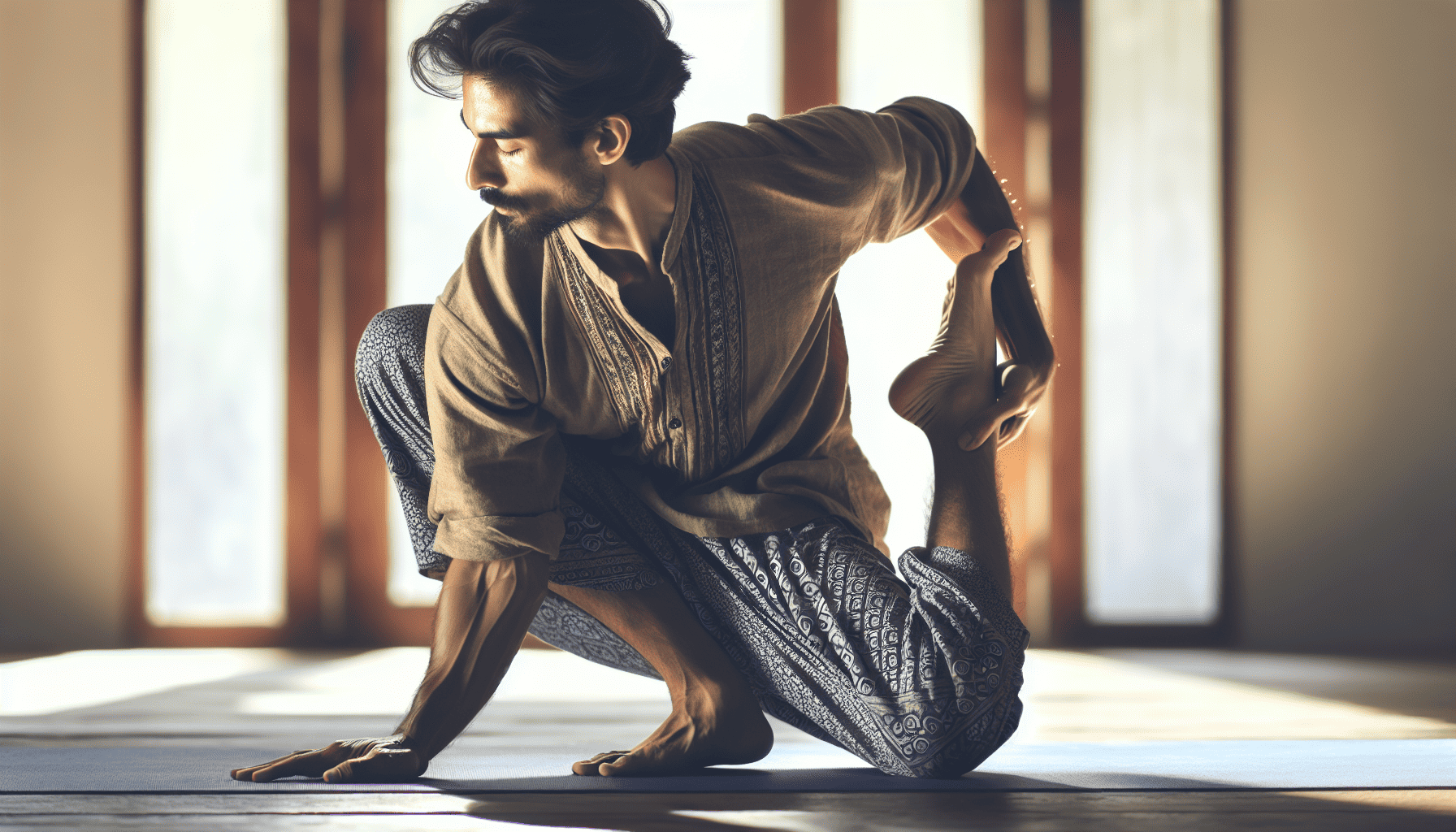Improving flexibility is not just about achieving impressive yoga poses; it's a vital aspect of overall health and well-being. Flexibility enhances your daily life by increasing your range of motion, reducing the risk of injury, and alleviating muscle soreness and tension. Drawing insights from yoga experts, this article will guide you through effective tips and techniques to enhance your flexibility.
Understanding Flexibility
Before delving into techniques, it's essential to understand what flexibility is. Flexibility refers to the ability of your joints and muscles to move through their full range of motion. The goal is to create an equilibrium in the body that allows for both strength and ease of movement.
The Importance of Flexibility
Flexibility is crucial for several reasons:
-
Prevention of Injuries: Flexible muscles and joints lessen the likelihood of strains or injuries during activities.
-
Improved Posture: Flexibility aids in correcting muscle imbalances, which leads to improved posture.
-
Enhanced Circulation: Stretching improves blood flow to the muscles, promoting cell growth and organ function.
-
Relaxation and Stress Relief: Stretching and breathing techniques in yoga help release mental tension, promoting relaxation.
-
Enhanced Athletic Performance: Greater flexibility can enhance overall performance in physical activities by improving balance, coordination, and power.
Yoga Techniques for Flexibility
-
Consistent Practice: Regular practice is key. Aim for flexibility-focused yoga sessions three to four times a week. Consistency helps in gradually loosening tight muscles and improving mobility.
-
Focus on Breathing: Yoga is as much about breathing as it is about the body. Controlled breathing helps in relaxing the muscles and increases your ability to hold poses longer, which aids in deep stretching.
-
Warm-Up Adequately: Begin your yoga session with a gentle warm-up to prepare your muscles for stretching. Dynamic stretches or light aerobic activity can increase blood flow and muscle temperature.
-
Progressive Stretching: Start with easier poses and gradually move to more challenging ones as your flexibility improves. Listening to your body and avoiding overstretching is crucial to prevent injury.
-
Hold Poses Longer: To improve flexibility, focus on holding poses for longer durations. This allows muscles to relax and elongate fully.
-
Incorporate Variability: Use various poses that target different muscle groups. For instance, the Downward Dog targets the hamstrings, calves, and shoulders, while the Cobra pose stretches the chest, abdomen, and hip flexors.
-
Utilizing Props: Don't shy away from using yoga blocks, straps, or bolsters. Props can help maintain proper form and alignment, allowing for deeper stretches.
Effective Stretching Poses
Yoga experts often recommend certain poses to enhance flexibility:
- Forward Bend (Uttanasana): Stretches the spine, hamstrings, and calves.
- Pigeon Pose (Eka Pada Rajakapotasana): Opens the hips and stretches the thighs and glutes.
- Cat-Cow Stretch (Marjaryasana-Bitilasana): Increases spine flexibility and stretches the back.
- Seated Torso Twist (Ardha Matsyendrasana): Improves spinal flexibility and helps realign the spine.
- Triangle Pose (Trikonasana): Strengthens and stretches the legs, hips, spine, and chest.
Listening to Your Body
Yogic practice emphasizes mindfulness and self-awareness. It's crucial to listen to your body’s signals and not push beyond your limits. Pain is a sign to stop and reassess your current position or stretch.
Conclusion
Incorporating these yoga techniques and tips into your routine can significantly enhance your flexibility over time. Remember, flexibility is an evolving process, and patience is key. As you progress, you'll find not just your body transforming, but also an enhancement in mental clarity and emotional balance. Embrace the journey of becoming more flexible, not just physically, but in mind and spirit as well.
